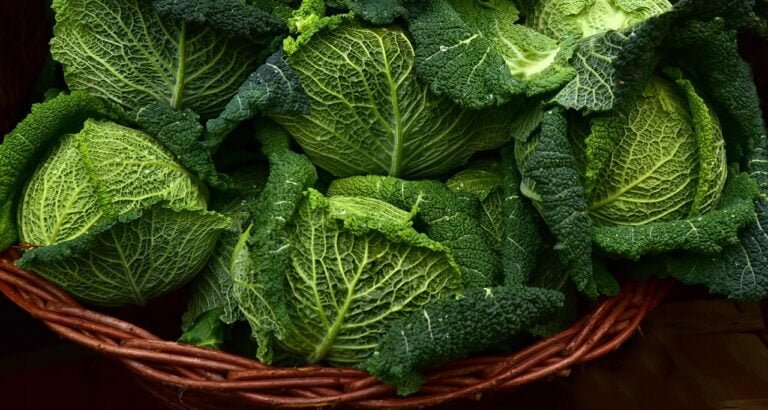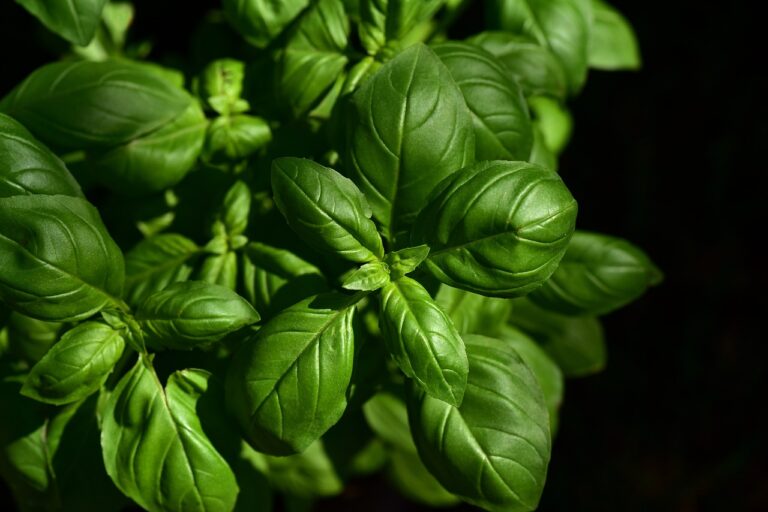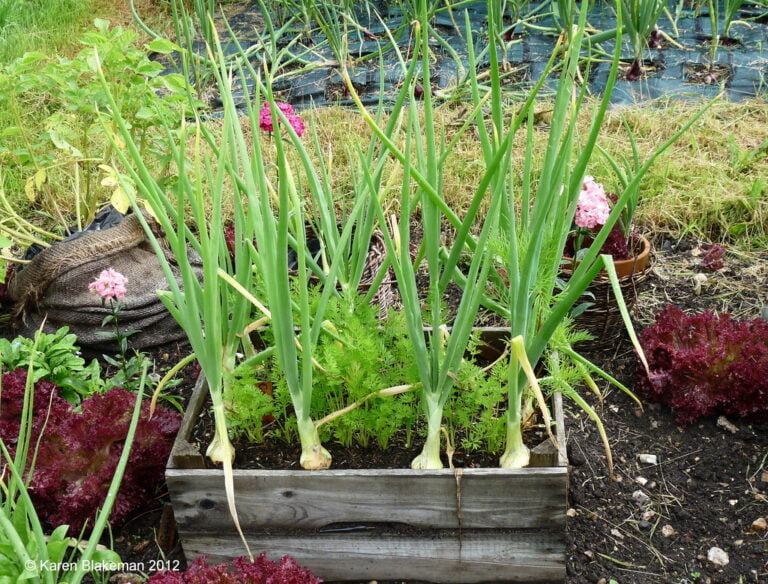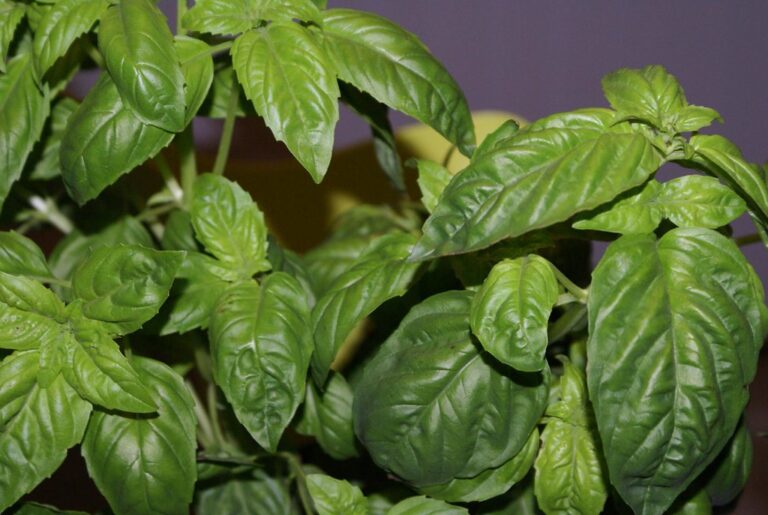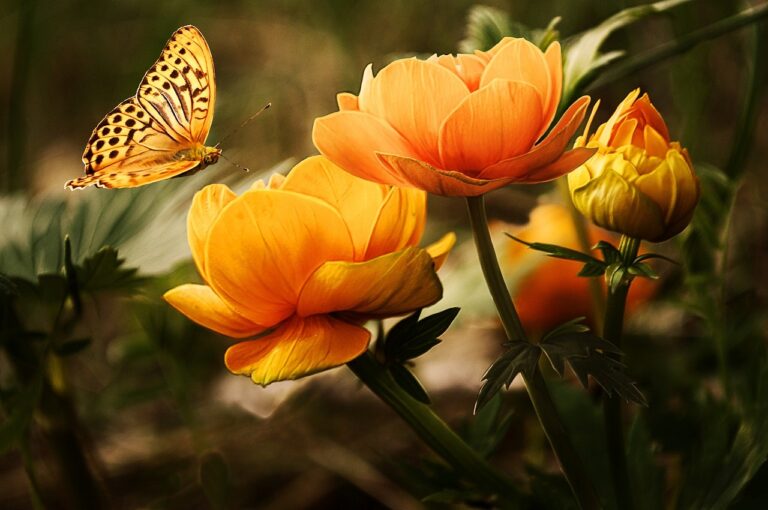Choosing the Right Companion Plants for Watermelon Growth
Are you looking to maximize the growth and flavor of your watermelons? Look no further! In this article, we'll guide you through choosing the right companion plants for your watermelon patch. Discover the benefits of companion planting and learn about sunflowers, marigolds, cucumbers, nasturtiums, radishes, beans, corn, and herbs that can enhance your watermelon growth. Get ready to create a thriving garden that serves your watermelons with the perfect companions.
Benefits of Companion Planting With Watermelons
When companion planting with watermelons, you can experience numerous benefits. By choosing the right companion plants, you can enhance the growth and health of your watermelon plants, leading to higher yields and better-tasting fruits. One of the main advantages of companion planting is pest control. Certain plants, such as marigolds and nasturtiums, act as natural repellents for pests that commonly affect watermelons, such as aphids and cucumber beetles. These companion plants can help protect your watermelon plants from damage and reduce the need for chemical pesticides. Additionally, some companion plants, like beans and peas, can improve soil fertility by fixing nitrogen, providing the watermelon plants with essential nutrients. By incorporating companion plants into your watermelon garden, you can create a harmonious and thriving ecosystem, ensuring the success of your watermelon crop.
Sunflower: A Companion Plant for Watermelons
To enhance the growth and health of your watermelon plants, consider planting sunflowers as companion plants. Sunflowers are excellent companions for watermelons because they provide multiple benefits. First, their tall and sturdy stems can act as a natural trellis, supporting the sprawling vines of watermelons and preventing them from spreading on the ground. This helps to improve air circulation and reduce the risk of diseases. Additionally, sunflowers have deep roots that can help improve soil structure and nutrient uptake, benefiting the watermelon plants. Furthermore, sunflowers attract pollinators like bees and butterflies, which can enhance the pollination process of watermelon flowers, resulting in better fruit set and yield. So, by planting sunflowers alongside your watermelons, you can create a mutually beneficial environment that promotes healthy growth and a bountiful harvest.
Marigold: A Natural Pest Repellent for Watermelons
Marigold serves as a natural pest repellent for watermelons, complementing the benefits provided by sunflowers as companion plants. When you plant marigolds near your watermelon patch, you can help keep pests away without resorting to harmful chemicals. Marigolds emit a strong scent that repels insects like aphids, nematodes, and cucumber beetles, which are known to damage watermelon plants. Additionally, marigolds attract beneficial insects like ladybugs and lacewings, which help control pests naturally. To maximize the benefits, intersperse marigold plants throughout your watermelon patch or plant them in border rows. Choose varieties like French marigolds, which have a strong fragrance, and ensure they receive full sun and well-drained soil. By incorporating marigolds as companion plants, you can create a healthier and more vibrant watermelon garden, while also reducing the need for chemical pest control.
Cucumber: A Complementary Companion for Watermelons
Planting cucumbers alongside your watermelon patch can be a beneficial choice for enhancing growth and overall health. Cucumbers are a complementary companion plant for watermelons because they provide several advantages. Firstly, cucumbers have shallow roots, which allows them to coexist peacefully with watermelon plants without competing for nutrients. Additionally, cucumbers act as ground cover, suppressing weed growth and conserving soil moisture. This is especially important for watermelon plants, as they require consistent moisture throughout their growth cycle. Furthermore, cucumbers attract pollinators, such as bees and butterflies, which can improve the pollination of watermelon flowers and increase fruit production. Lastly, the dense foliage of cucumber plants can provide shade for watermelon vines, protecting them from excessive sun exposure. By planting cucumbers alongside your watermelon patch, you can create a mutually beneficial environment that promotes healthy growth and abundant harvests.
Nasturtium: Enhancing Watermelon Growth and Flavor
Nasturtiums are another beneficial companion plant for your watermelon patch, enhancing not only the growth but also the flavor of your watermelons. These vibrant, edible flowers are known for their peppery taste and colorful blooms, making them a beautiful addition to any garden. When planted alongside watermelons, nasturtiums act as natural pest repellents, deterring harmful insects and pests that can damage your watermelon plants. Additionally, the strong scent of nasturtiums can help mask the scent of the watermelon plants, further reducing the risk of attracting pests. Nasturtiums also have shallow roots, allowing them to coexist peacefully with the deep-rooted watermelon plants. Their presence in the garden can improve soil health, as their leaves act as a natural mulch, retaining moisture and suppressing weed growth. Overall, planting nasturtiums alongside your watermelons can enhance both the growth and flavor of your watermelon harvest.
Basil: Aromatic Companion for Watermelon Plants
One beneficial companion plant for your watermelon patch is basil, an aromatic herb that enhances the growth and flavor of your watermelons. Basil is not only a delicious addition to your culinary creations but also a great companion for your watermelon plants. It naturally repels pests such as aphids, mosquitoes, and flies, helping to protect your watermelon patch from infestations. Additionally, the strong scent of basil acts as a natural deterrent for rabbits and other small animals that may be tempted to nibble on your watermelon plants. Planting basil near your watermelons also helps to improve pollination, as bees and other pollinators are attracted to the fragrant flowers of basil. With its aromatic qualities and pest-repelling properties, basil is a valuable companion for your watermelon plants.
Radish: A Soil Conditioning Companion for Watermelons
To improve the soil condition for your watermelon plants, consider planting radishes as a companion. Radishes are excellent soil conditioners and can benefit the growth of watermelon plants in various ways. First, radishes have long taproots that penetrate deep into the soil, breaking up compacted layers and improving drainage. This allows watermelon roots to grow more easily and access nutrients. Additionally, radishes are fast-growing and help suppress weed growth, reducing competition for resources. When radishes decompose, they release organic matter into the soil, enriching it with nutrients. To maximize the benefits, interplant radishes with watermelon seeds, spacing them about 6 inches apart. As the radishes grow, they will naturally improve the soil quality, creating a favorable environment for your watermelons to thrive.
Beans: Nitrogen-Fixing Helpers for Watermelon Growth
If you want to further enhance the growth of your watermelon plants, consider planting beans as a companion. Beans are nitrogen-fixing plants, which means they have the ability to take nitrogen from the air and convert it into a form that can be used by other plants. Watermelons are heavy feeders and require a lot of nutrients, including nitrogen, for healthy growth. By planting beans alongside your watermelon plants, you can provide them with a natural source of nitrogen, reducing the need for synthetic fertilizers. Furthermore, beans also help improve the soil structure by adding organic matter and increasing soil fertility. They have a symbiotic relationship with watermelons, as the beans benefit from the shade provided by the watermelon leaves, while the watermelons benefit from the nitrogen-fixing ability of the beans. This companion planting combination is not only practical but also beneficial for both plants.
Corn: Providing Shade and Support to Watermelons
To provide shade and support for your watermelon plants, consider planting corn as a companion. Corn is an excellent choice because its tall, sturdy stalks can serve as a natural trellis for the watermelon vines to climb. This not only saves space in your garden but also allows the watermelon fruits to grow off the ground, reducing the risk of rot and pests. Additionally, the broad leaves of corn can provide shade to the watermelon plants, protecting them from excessive heat and sunburn. This is particularly beneficial during hot summer months. When planting corn and watermelons together, make sure to give them enough space to grow and avoid overcrowding. By using corn as a companion plant, you can create a mutually beneficial environment for your watermelon plants, ensuring their healthy growth and a bountiful harvest.
Herbs: Companion Plants to Deter Pests From Watermelons
Planting herbs as companion plants is an effective way to deter pests from damaging your watermelon plants. Not only do herbs add beauty and fragrance to your garden, but they also serve as natural pest repellents. For example, planting basil near your watermelon plants can help repel flies and mosquitoes, which are common pests that can spread diseases to your watermelon crops. Similarly, planting mint can help deter aphids, which are tiny insects that can cause significant damage to your watermelon leaves. Other herbs such as rosemary, thyme, and oregano can also be beneficial in deterring pests and attracting beneficial insects like bees for pollination. By incorporating these herbs into your garden, you can create a natural, pest-free environment for your watermelon plants to thrive.
Conclusion
In conclusion, choosing the right companion plants for watermelon growth can greatly benefit your garden. Sunflowers provide shade and support, marigolds act as natural pest repellents, cucumbers complement watermelons, nasturtiums enhance growth and flavor, radishes condition the soil, beans fix nitrogen, corn provides shade and support, and herbs deter pests. By incorporating these companion plants, you can improve the health and yield of your watermelon plants and create a thriving garden. Happy planting!

